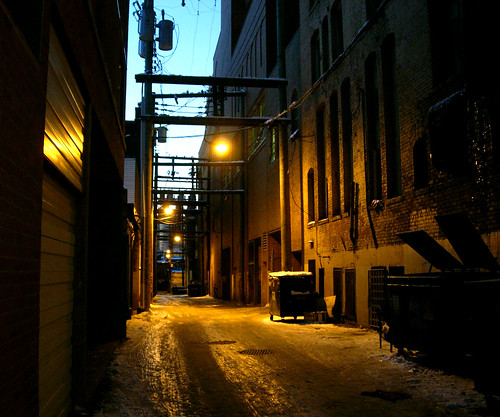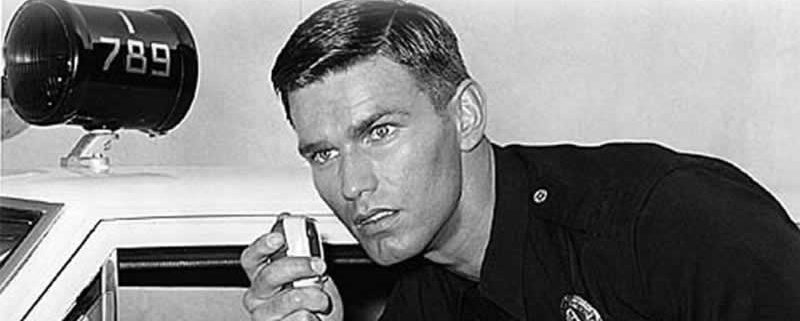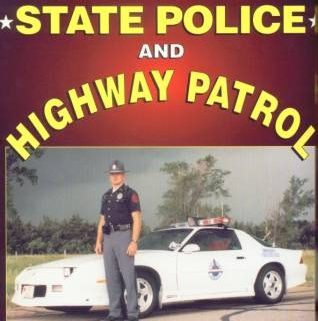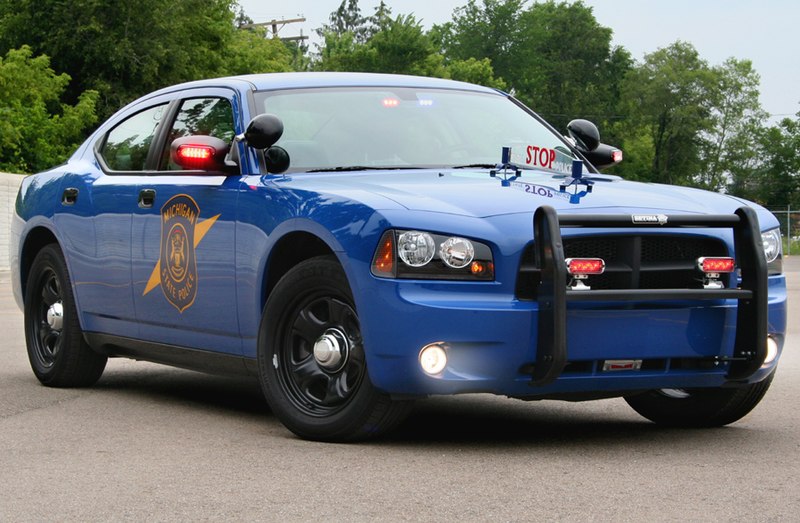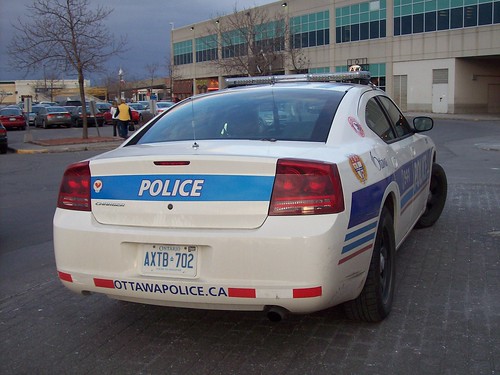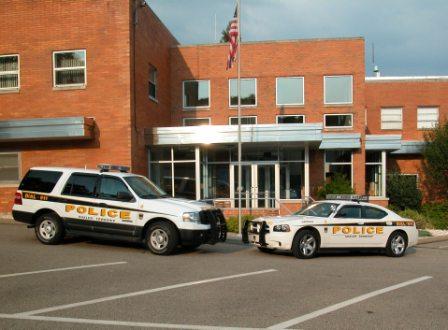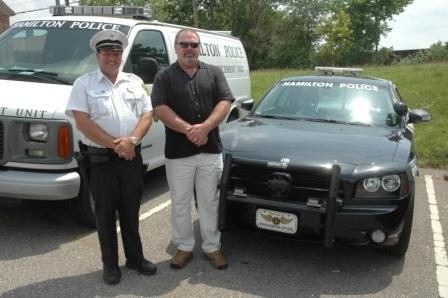Finding those Pesky Bail Jumpers in New Jersey
As promised I have started on the quest all of you asked for, the Bounty Jumping Laws in the Garden State of New Jersey.
In 2000 the New Jersey legislature proposed a new law for the licensing of Bounty Hunters. Until that time there were no laws governing the licensing of Hunters.
The first statement in this proposed bill was that Hunters were to be known as “Bail Runners.”
The bill then begins its proposal. It defined bail runners as any person who works for a bail bonding agent either as an employee or agent by assisting the bail bond agent in presenting a criminal defendant in court; in apprehending a criminal defendant or in keeping that defendant under surveillance.
The bill would require all bail runners to undergo a criminal history check, be at least 25 years old and have five years experience as either an investigator or law enforcement.
The bill would require that the Superintendent of the State Police require additional education and experience for Bail Runners as the superintendent deems necessary.
The Superintendent of the State Police is to set fees for both licensing of bail runners and for all other licensing under The Private Detective Act of 1939.
http://www.state.nj.us/lps/njsp/about/pdet_act.html
The Superintendent of the State Police would also require that the increases of insurance requirement for private detectives and bail runners to be at least $100,000 of liability coverage.
The bail runner could not have a record of high misdemeanors or high crime; he could not a record of moral turpitude. The bill would require that all bail runners would be licensed as private detectives. They would also have to renew their license every two years .
If when a hunter applies for a renewal if it has been found he has been convicted of any crime he will be denied a renewal.
After talking to a retired law enforcement agent here in Florida, the feeling was that the reason the bail runner had to have five years experience in law enforcement, it was to give retired officers an income if they chose.
In 2007 there was a proposal written to the State Police in this proposal the Commander of the State Police was told that his Division would have control of the regulation of Bounty Hunters and their employees. The reason for this was so that the accountability and integrity was greater in the industry in order to insure greater protection of the individual rights and to protect the public welfare and safety.
If a Bail Runner hires an assistant or another runner they also have to abide by the same laws.
In 1998 a defendant by the name of Aymen Elmobdy was charged with felony aggravated assault charges. His bail was set at $50,000.00. He posted the bail and released. He immediately fled and not showing up for his first appearance. When the bondsman was given 45 days to produce the defendant or lose the bond to the courts the runners went to work.
On October 11,2000 Elmobdy was located in a hotel in Bucks Co. PA. by the hunters working the case. They went to his room and knocked on the door and identify themselves.
Elmbdy refused to open the door. The hunters consulted with the manager of the hotel and received permission to do what was necessary to get their man.
The hunters threw a brick through the window and crawled in the room. The defendant fled out the door. A short time later he was apprehended. There was still the matter of the window. The defendant was told his father would have to pay for the window since he had signed the bond. The defendant told the hunters to look in his duffle bag which had been left in the room there was money to pay for the window.
Now this is where it gets both interesting and funny. The hunters found the money and also something they were not expecting. They found three pounds of marijuana and a loaded firearm. The hunters immediately turned both the defendant and the evidence over the Pennsylvania authorities. New Charges were filed in PA.
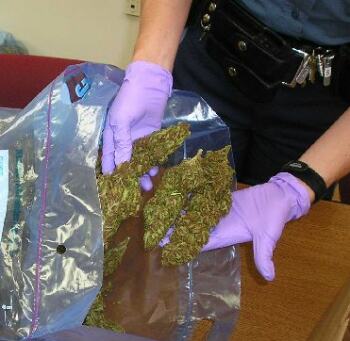
Now the defendant decides he is going to fight these charges by trying to get the courts to suppress the contents of the bag. He said his constitutional rights had been violated by the hunters who threw a brick through the window, ran him down, peppered sprayed him into submission and then bullied him into paying for the broken window.
The Pennsylvania Superior Court in their infinite wisdom carefully considered the argument, and then ruled the charge was without merit. The reason was the Constitution only protects a person from actions of a government or governmental employees. The hunters were acting in the capacity as a private employee. The basis for their apprehension of Elmbdy was a breach of a civil contract he had entered into with bonding company. The police had not even been contacted until after Elmbdy was caught by the hunters. Ergo there was no reasonable basis to conclude the hunters were acting as state employees.

When that was thrown out the defendant contended that the hunters had no legal leg to stand on because he was apprehended in Pa when he was wanted in NJ. Again the courts said, guess again. A hunter can go into any state and do the pickup and since the hunters followed the proper procedure in turning the defendant over to the local authorities for extradition the charges were again struck down. (From the Desk of the D.A. By Jason J. Legg.DA of Susquehanna Co. PA)
From all of my research on this state apparently until 2000 there were very little restrictions on hunters. As I researched this state I found the above story and it only served to reiterate my belief that criminals are about 12 bricks of a ten brick load.
By popular demand next week I will talk about New York and then move to the state of California.















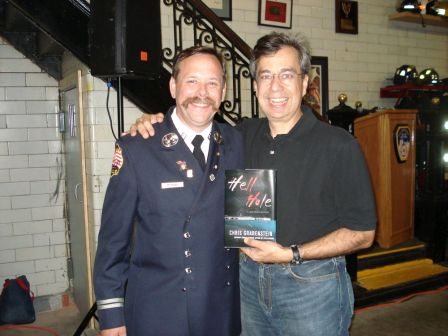

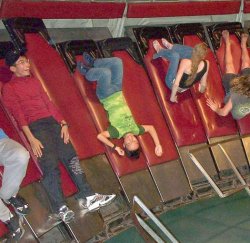



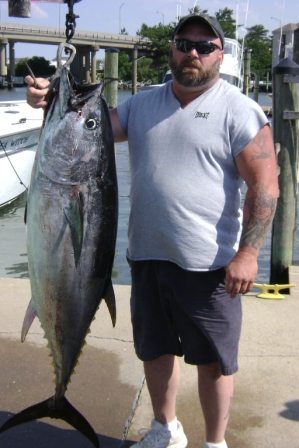
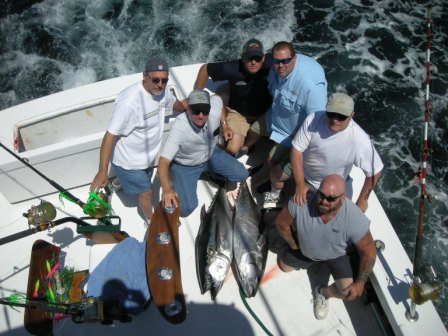


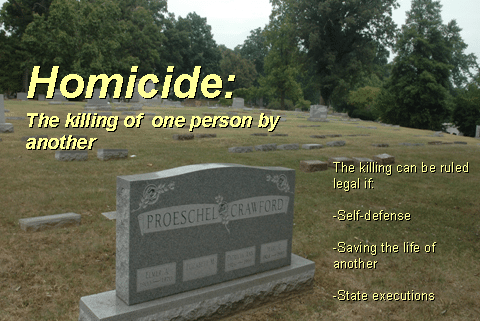


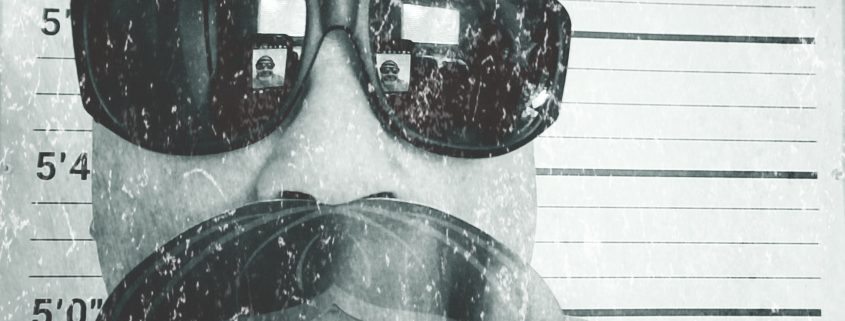
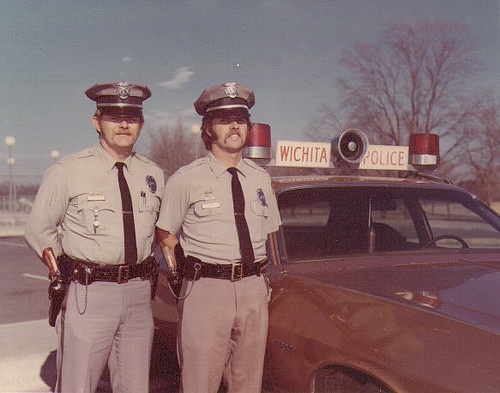

 143 up, 22 down
143 up, 22 down 

